
The performance parts industry is booming. Many brands think detailed product specifications and technical data sheets are enough to win customers. They're not. Today's auto enthusiasts crave much more than measurements and materials lists.
I've seen firsthand how performance parts brands struggle to differentiate themselves in a crowded market. Specs tell customers what a product is, but compelling content shows them why they need it and how it transforms their driving experience.
In this article, I'll share content strategies that go beyond basic product specs. These approaches help performance parts brands connect with customers, build authority, and drive sales in an increasingly competitive market.
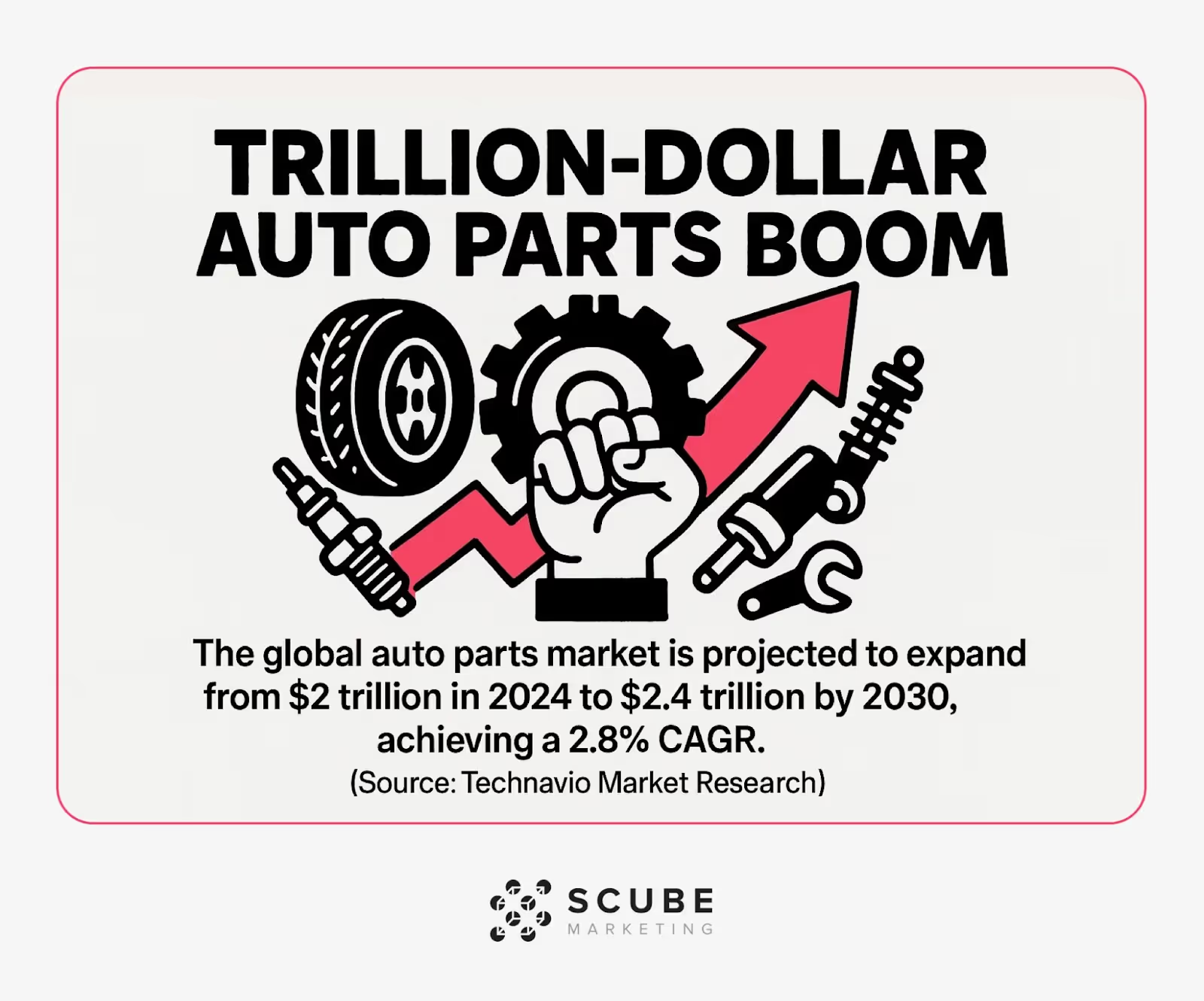
The performance parts market is growing rapidly. The global auto parts market is projected to expand from $2 trillion in 2024 to $2.4 trillion by 2030, achieving a 2.8% CAGR. (Source: Technavio Market Research)
This growth comes with intensifying competition. Standing out requires more than just listing product specifications. Customers need content that educates, inspires, and guides their purchasing decisions.
Research reveals shifting consumer behaviors in the automotive aftermarket. A remarkable 82% of performance parts buyers prefer researching products online before making purchasing decisions. (Source: GlobeNewswire)
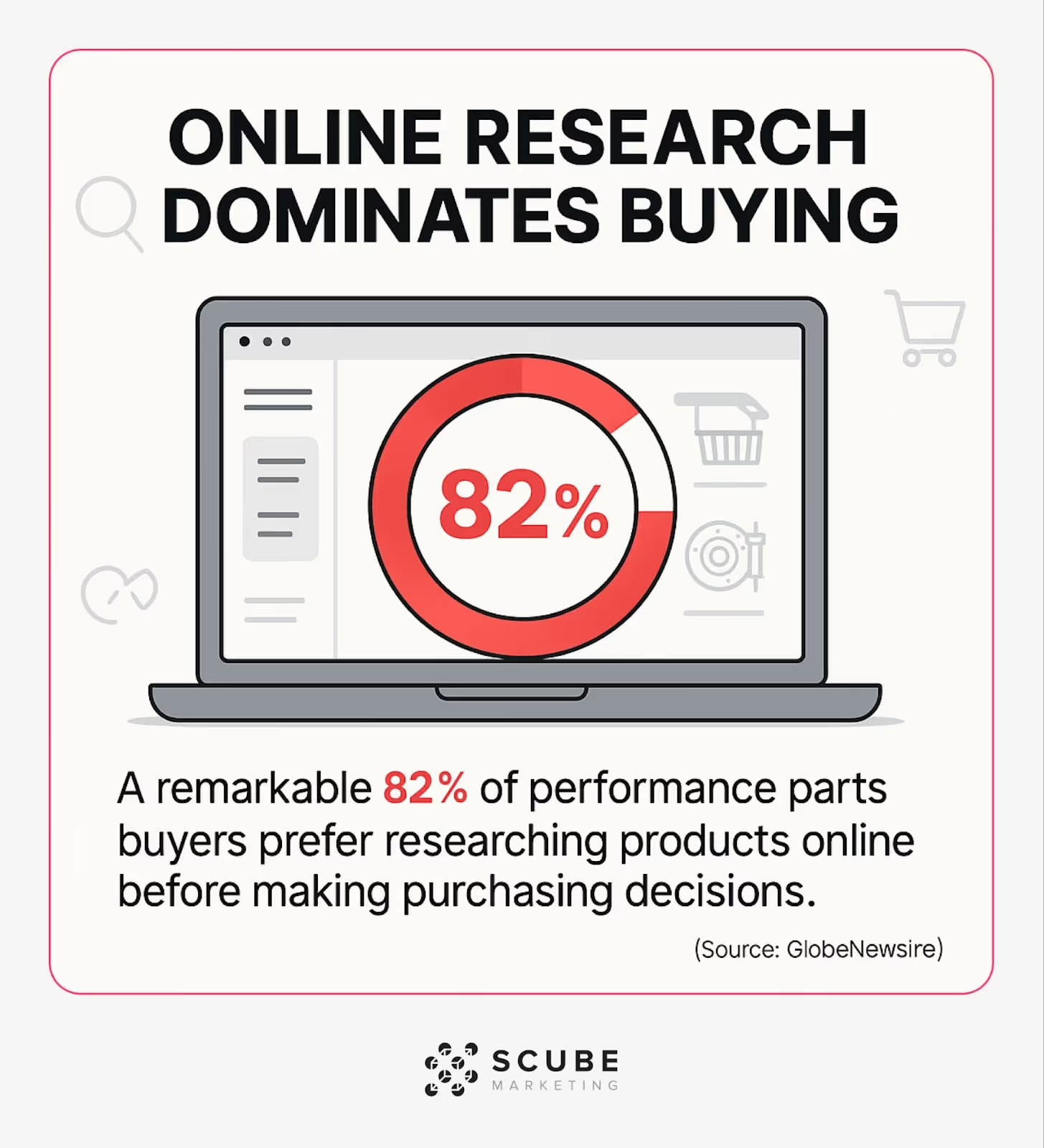
These consumers aren't just looking at specs. They want to understand:
Let's look at how the performance parts market is projected to grow across different segments:
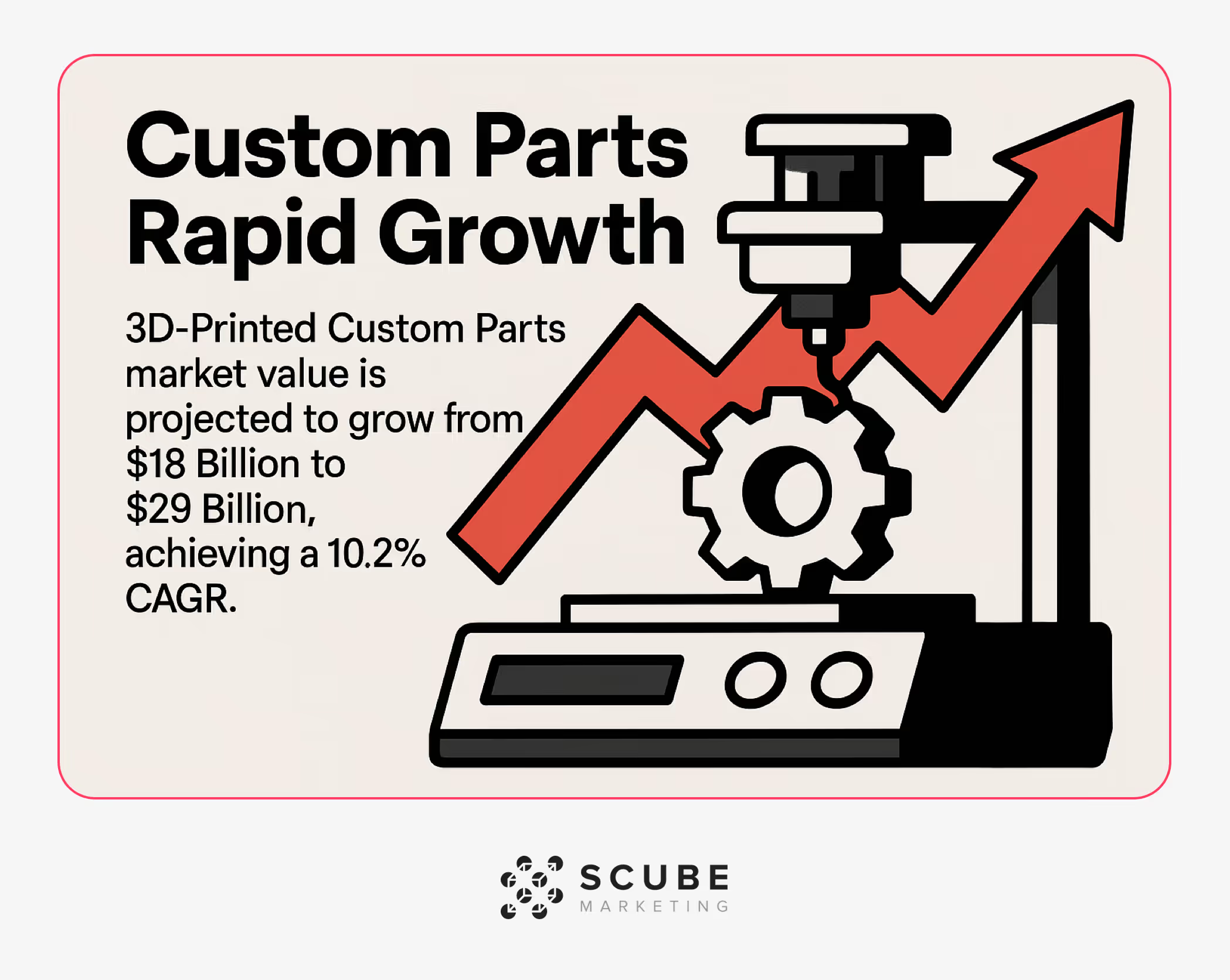
These figures highlight substantial growth across all segments. Brands that develop content strategies addressing each segment's unique needs will capture larger market shares.
Educational content forms the backbone of any effective performance parts content strategy. This approach positions your brand as an authority while providing genuine value to customers.
The EV components sector, growing at 5.5% CAGR through 2029, presents a particularly ripe opportunity for educational content. (Source: Technavio Market Research)
Here are some educational content types that resonate with performance parts customers:
Basic instructions come with most products. Comprehensive guides go deeper. They anticipate common mistakes, provide troubleshooting tips, and explain the "why" behind each step.
The most effective installation guides include:
Many enthusiasts want to understand how and why performance improvements occur. Technical explainers satisfy this curiosity while establishing your brand's expertise.
A tool I've found effective is creating engaging content for technically complex topics by using analogies, visual aids, and relatable examples that make abstract concepts concrete.
When explaining a complex topic like turbocharger efficiency, don't just list specifications. Compare it to something familiar, use clear visualizations, and explain practical benefits in everyday driving scenarios.
Support doesn't end after purchase. Content that helps customers maintain performance and troubleshoot issues builds loyalty and reduces support costs.
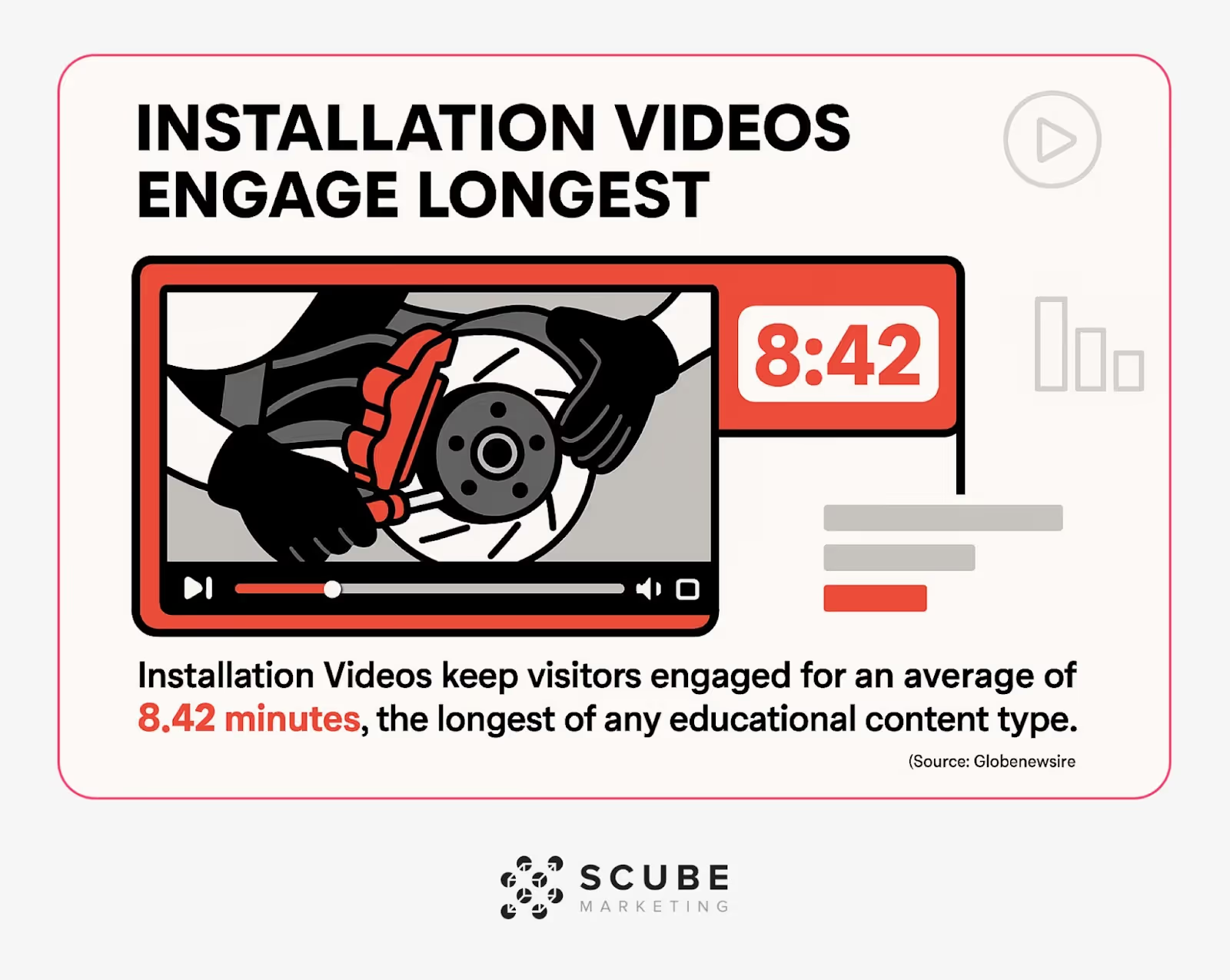
The table below shows how different educational content types perform based on our client data:
This data shows that installation videos and troubleshooting guides keep visitors engaged longest, while technical explainers and troubleshooting content perform best for SEO.
Performance parts customers crave proof. They want evidence that your product delivers measurable improvements. Comparison content provides this proof through concrete data and real-world testing.
With the growth in 3D-printed custom parts, brands have new opportunities to showcase performance differences through comparative testing. (Source: Straits Research)
Before/after content dramatically illustrates product benefits. These comparisons should include measurable metrics alongside subjective impressions.
Effective formats include:
1. Split-screen videos showing performance differences
2. Data-rich graphs tracking improvements over time
3. Dyno test results with clear visualizations
4. Driver experience accounts with specific details
Customers often research multiple options. By creating fair, data-driven comparisons between your products and alternatives, you demonstrate transparency and confidence.
The key is objectivity. If competitors outperform you in certain areas, acknowledge this while highlighting your products' advantages in other aspects.
This data helps prioritize which comparison content to create first, based on impact, complexity, and conversion potential.
The automotive aftermarket is evolving rapidly. Creating content that addresses emerging trends positions your brand as forward-thinking and helps customers prepare for future developments.
China's vehicle market provides an example of this evolution, with 72% of vehicles (245 million units) projected to be out-of-warranty by 2025, creating massive aftermarket opportunities. (Source: S&P Global)
As electric vehicles gain market share, performance enthusiasts want to know how traditional upgrades apply to EVs and what new opportunities exist.
Creating evidence-based content on EV aftermarket trends helps your brand become the go-to resource for this growing segment.
Key topics include:
1. Performance modifications compatible with specific EV models
2. Converting traditional vehicles to electric powertrains
3. Emerging EV-specific performance categories
4. Weight reduction strategies for improved EV range
Environmental concerns are influencing purchasing decisions. Content addressing sustainable performance upgrades attracts environmentally-conscious enthusiasts.
Consider creating guides on:
1. Eco-friendly materials in performance parts
2. Efficiency-focused upgrades that reduce fuel consumption
3. Recycling and upcycling options for replaced components
4. Performance benefits of lightweight, sustainable materials
The rise of 3D printing technology is revolutionizing custom parts manufacturing. Educational content about this technology helps customers understand new possibilities.
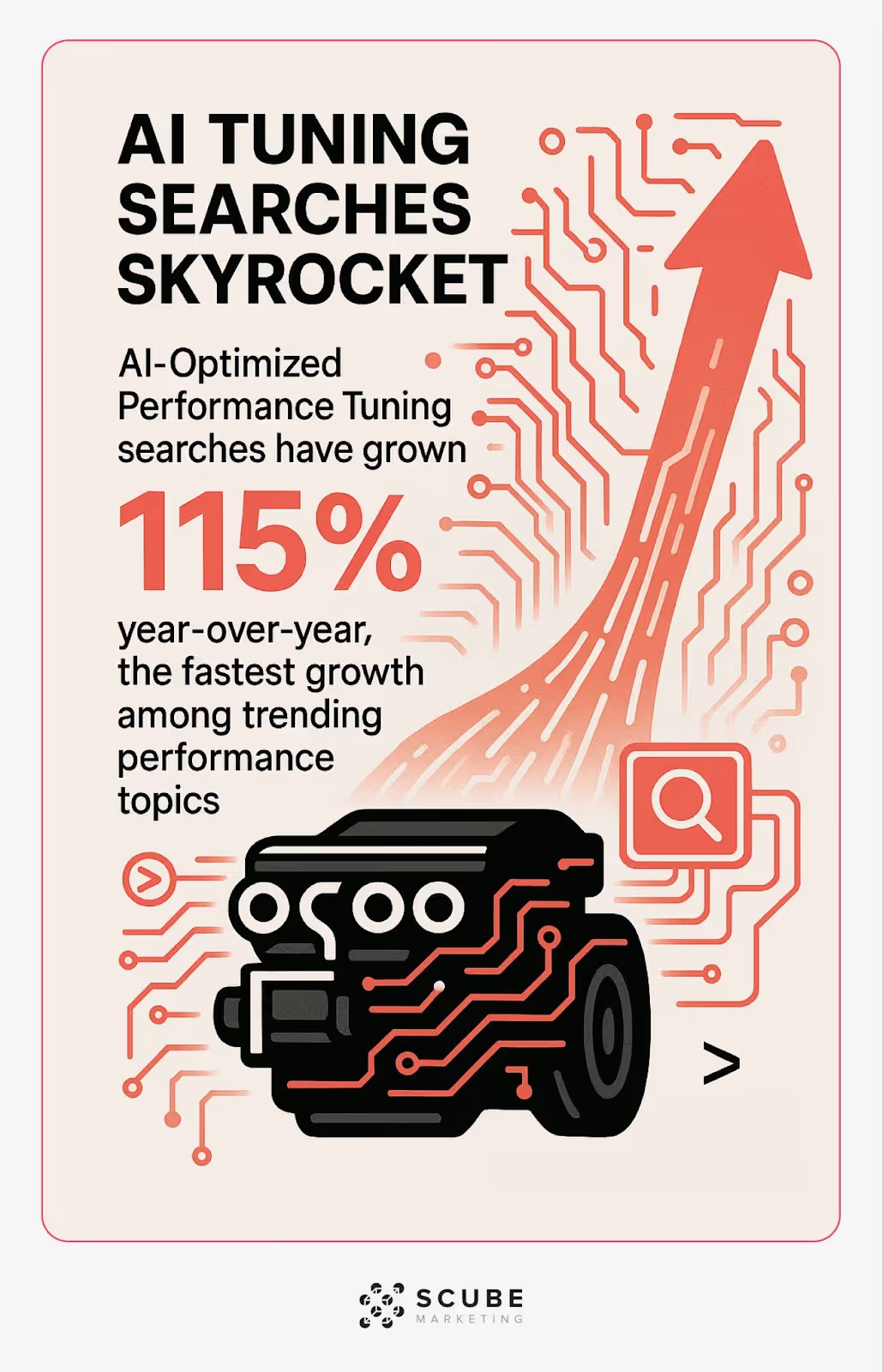
This search trend data highlights the growing interest in cutting-edge topics, with AI-optimized tuning showing the fastest growth despite lower overall volume.
The performance parts market is projected to reach $445 billion by 2029, growing at a 5.5% CAGR. (Source: Fortune Business Insights)
Capturing a share of this growing market requires building a community around your brand. Community-focused content turns customers into advocates who promote your products authentically.
Nothing builds credibility like genuine customer experiences. Creating frameworks for users to share their projects and results provides authentic social proof.
Effective user-generated content strategies include:
Creating challenges and virtual events builds engagement while generating valuable content. These activities foster community connections while showcasing your products in action.
I've found that what are your competitors doing with community engagement can reveal opportunities to differentiate your brand's approach.
Partnering with respected industry figures lends credibility to your brand. These collaborations provide fresh perspectives and expand your audience.
Consider interviews with:
1. Professional racers using your products
2. Engineering experts explaining technical benefits
3. Vehicle builders showcasing creative applications
4. Industry innovators discussing future trends
Strategic content that supports the buying process directly impacts conversion rates. This content bridges the gap between interest and purchase by addressing specific buyer concerns.
Let's examine how different content types support each stage of the customer journey:
Many customers know they want to upgrade but aren't sure which specific product best suits their needs. Selection guides simplify decision-making.
Effective guides should:
1. Address different user profiles (weekend racer, daily driver, show car)
2. Compare product tiers with clear benefit explanations
3. Include vehicle-specific recommendations
4. Explain compatibility considerations
By analyzing customer inquiries and focusing on questions that indicate purchase intent, you can create content that directly addresses purchase hesitations.
This approach also improves your chances of appearing in featured snippets for question-based searches.
Interactive content like product finders, compatibility checkers, and performance calculators engage customers while guiding them toward appropriate purchases.
These tools reduce customer uncertainty and support data-informed purchase decisions.
Creating diverse content requires planning and resources. A structured approach ensures consistent production without overwhelming your team.
Here's a realistic implementation timeline for a comprehensive content strategy:
To justify continued investment, track key performance metrics for different content types:
Not every brand has unlimited resources for content creation. Here are practical approaches for different resource levels:
1. Start with high-impact, low-complexity content (product selection guides)
2. Repurpose existing technical materials into customer-friendly formats
3. Partner with customers for user-generated content
4. Create content templates that technical staff can easily populate
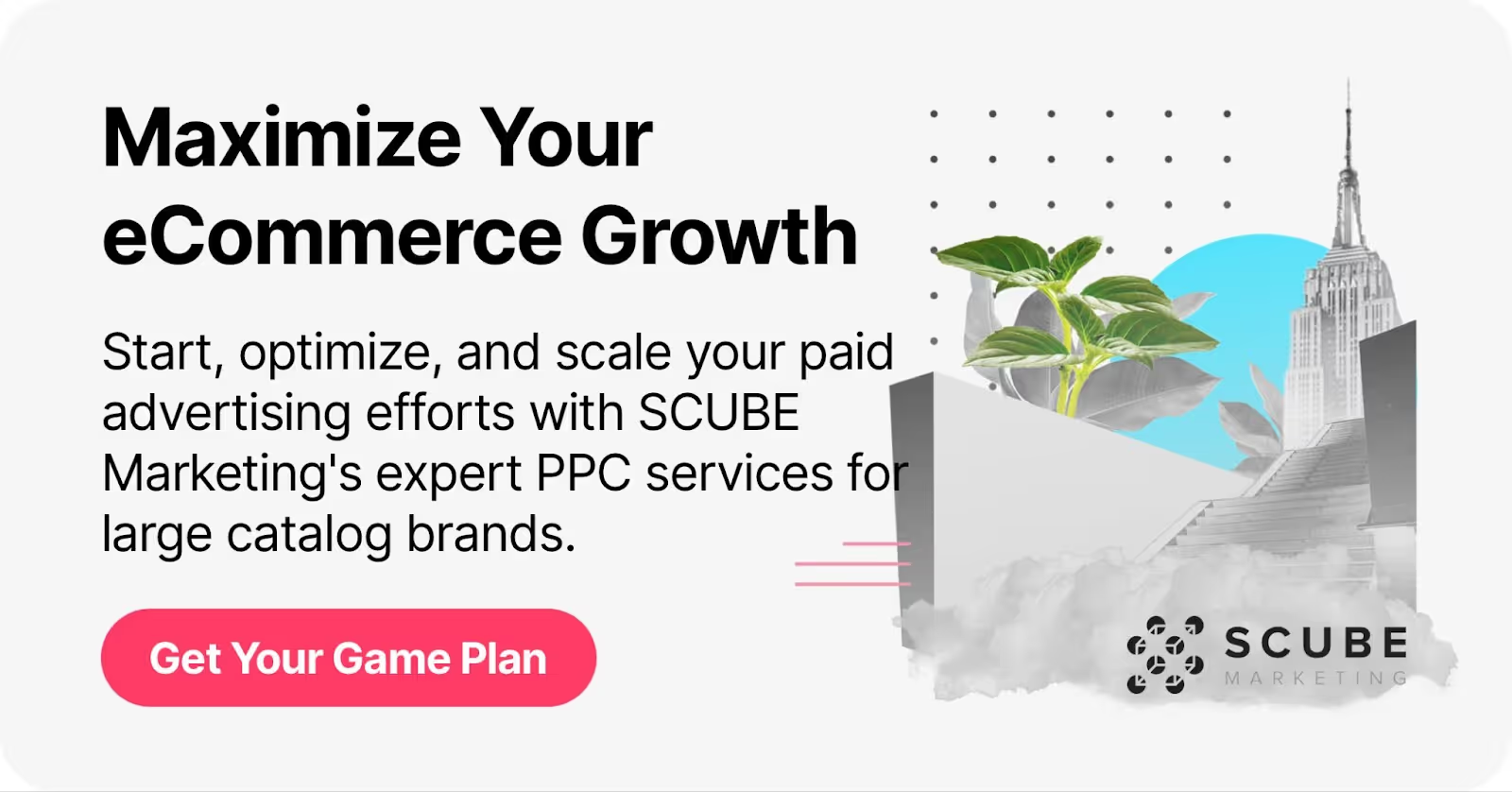
Performance parts brands that move beyond basic product specifications create deeper connections with customers. This approach transforms technical products into solutions that address enthusiasts' aspirations.
Let's summarize the key content types and their strategic value:
The most effective content strategy combines all these approaches, prioritized based on your specific audience needs and business objectives.
As the performance parts market continues to grow, brands that tell compelling stories about their products will outperform those that simply list specifications. Start with one content type, measure results, and expand your strategy based on what resonates with your audience.
What content types have you found most effective for your performance parts brand? I'd love to hear your experiences in the comments below.